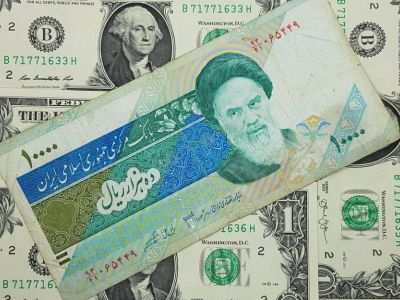After a four-year spending increase between 1995 and 1999, U.S. oil and natural gas drilling operation expenditures fell in 1999 from the previous year, the American Petroleum Institute reported.
The cost decrease occurred because of the lag time between the return to higher, more stable oil prices and the ramping up of drilling activity, and because of continued industry-wide structural reorganization.
According to the 1999 Joint Association Survey on Drilling Costs, the industry spent 15.2 percent less in 1999 to drill and equip wells than it did in 1998.
Total drilling expenditures were estimated to be $14.9 billion in 1999, compared with $17.6 billion during the previous year. For the 12th consecutive year, the industry spent more on drilling for natural gas than oil. In 1999, gas expenditures accounted for 51 percent of the total drilling expenditures, clearly dominating oil's 24 percent, according to API.
Also, an emphasis on deep to ultra deep offshore objectives, both exploratory and development, fueled the highest average cost per well and the highest average cost per foot ever.
Drilling and completing wells in steadily deeper waters, operators spent $6.7 billion offshore in 1999. The number of offshore oil wells drilled and their costs rose 20 and 40 percent, respectively, from the prior year.
Exploration in the U.S. offshore remained confined almost entirely to the Gulf region where drilling and completion activities accounted for nearly 98 percent of all offshore expenditures in 1999.
Onshore, exploratory gas activity held steady in 1999 largely due to activity concentrated in Central Alabama, North Texas, East Texas, and those areas of the Rockies -- northern New Mexico, Montana and Wyoming --where drilling in recent years remained increasingly focused on natural gas, especially coalbed methane work.
© 2000 Mena Report (www.menareport.com)









